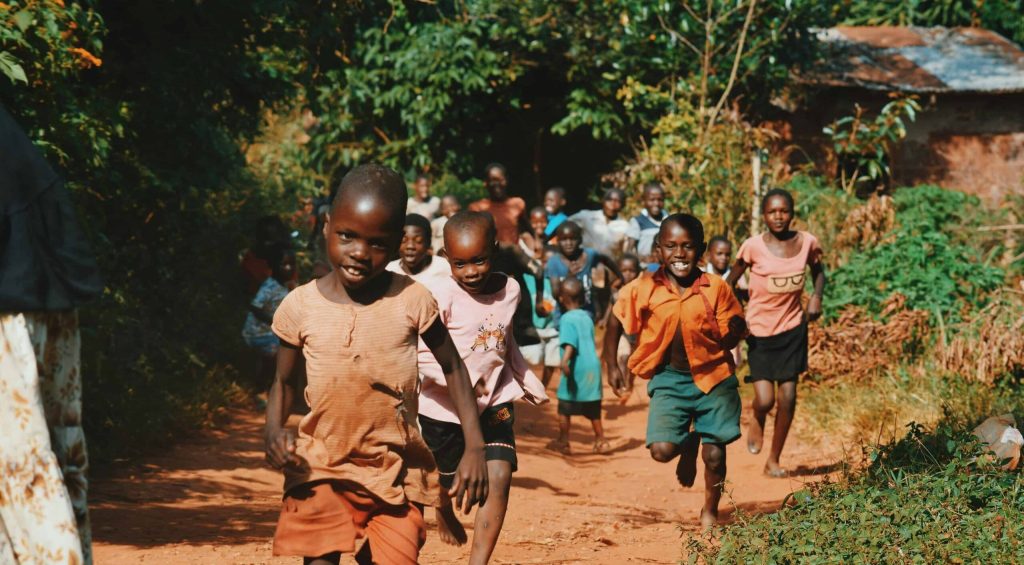In spite of a commendable decline in stunting rates over the past 30 years, 148 million children worldwide remain stunted. The condition impairs their growth, health, development, and education and has long-term consequences for their future wellbeing.
In addition, one in seven children globally were born with low birthweight in 2020 and 45 million suffered from wasting. Anemia impacts one in three women around the world and continues to rise.
At the same time, close to half of adults worldwide are overweight or obese, with more than 70 percent of those affected living in low- and middle-income countries in 2022.
Showcasing recent data, the World Bank’s Investment Framework for Nutrition 2024 highlights the need for significant additional investment to address nutrition issues – and provides innovative financing solutions.
Saving lives, protecting economies
Droughts and other climate-related disasters are expected to increase wasting and underweight by almost 50 percent, putting additional pressure on vulnerable countries already disproportionately affected by nutrition issues.
Improving nutrition outcomes will require investing an additional $128 billion globally over the next decade (2025-2034). Low- and lower-middle-income countries, in South Asia and Sub-Saharan Africa in particular, face the highest burden of poor nutrition outcomes and account for over three quarters of the financing needs, or $98 million.
While the investments required are significant, the costs translate to just $13 per pregnant woman and $17 per child under the age of five annually – a modest price for saving lives and supporting a productive workforce. Inaction carries an even higher financial toll, estimated at $41 trillion over the decade.
Scaling up interventions could prevent 6.2 million deaths in children under five and 980,000 stillbirths worldwide in the next decade, the report shows. Such programs would also avert 27 million cases of child stunting and 144 million cases of maternal anemia.
Tackling undernutrition protects the human capital that countries need to grow their economy. As a result, effective nutrition interventions could yield up to $2.4 trillion in economic benefits during the same period, with every dollar invested bringing an estimated return of $23. Preventing obesity, just as crucial, would also boost labor market productivity, at a lower cost of about $3.5 per capita annually.
Innovative financing approaches
Improving nutrition outcomes requires innovative financing solutions and a multifaceted approach.
Measures such as introducing taxes on sugar-sweetened beverages and unhealthy foods are key, as they provide countries with additional resources while also improving public health. Integrating nutrition within primary health interventions and safety net programs, repurposing agri-food subsidies for healthy diets and leveraging climate funds offer other opportunities.
Non-traditional financing sources such as sovereign wealth funds or social bonds to finance businesses or specific projects can also help countries raise more resources to achieve their nutrition goals.
These can be combined with policies to encourage healthier dietary behavior, such as the promotion of breastfeeding, package labelling, marketing regulations, and communications campaigns, and efforts to increase the cost effectiveness of nutrition programs.
World Bank on nutrition
For the World Bank, addressing nutrition issues, especially for children, women and vulnerable population groups, is a development priority and an integral part of our commitment to provide 1.5 billion people with better health services by 2030.
We provide financial and technical assistance to help countries implement nutrition interventions through their health systems. Over the past decade, we have quadrupled our investments to $2 billion and supported a broad range of effective programs.
- In Rwanda, the Bank is supporting nutrition and health services for women and children through cash transfers that have benefited more than 290,000 pregnant and lactating women and their families, and more than 215,000 vulnerable people between 2018 and 2023.
- In Madagascar, the Bank is supporting the country’s ambitious stunting reduction agenda through long-term investments of $200 million over 10 years reaching over 2 million individuals, including 1.2 million children under 5 years and 440,000 pregnant women leading to a significant decrease in stunting (from 42% in 2018 to 40% in 2021).
- In Nigeria, a program to deliver quality, cost-effective nutrition services for pregnant and lactating women, adolescent girls, and children under five, has reached more than 15 million women and children over five years. Among caretakers, awareness of appropriate feeding practices for infants and young children triples from 16.5% to 50% between 2018 and 2024.
As the 2025 Paris Nutrition for Growth summit approaches, the world faces a critical need for sustained investment in nutrition. As our report makes clear, it is not just a moral imperative but also an economic one, with the potential to create a healthier, more prosperous world for generations to come.
Source : World bank



































































